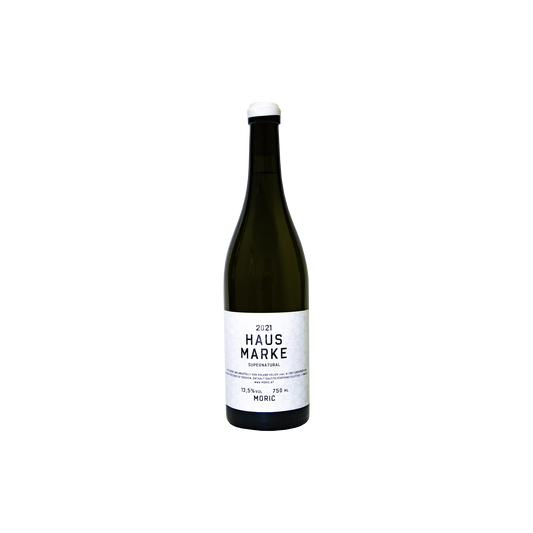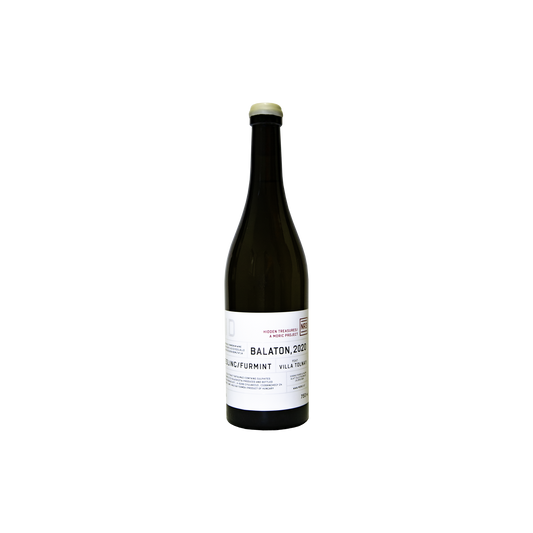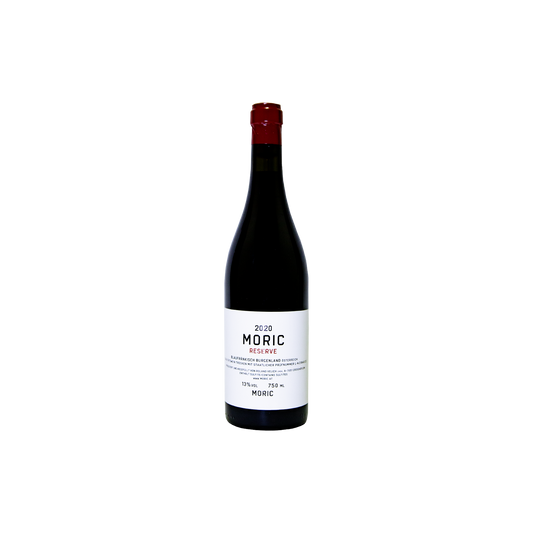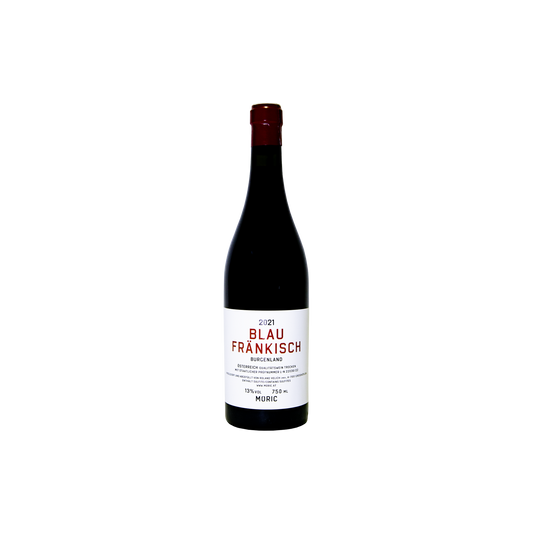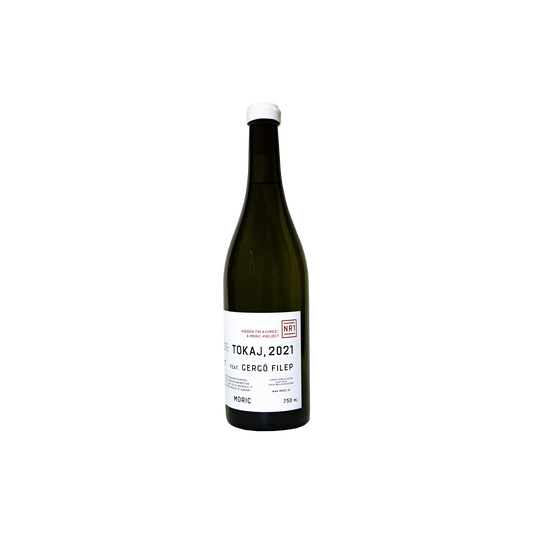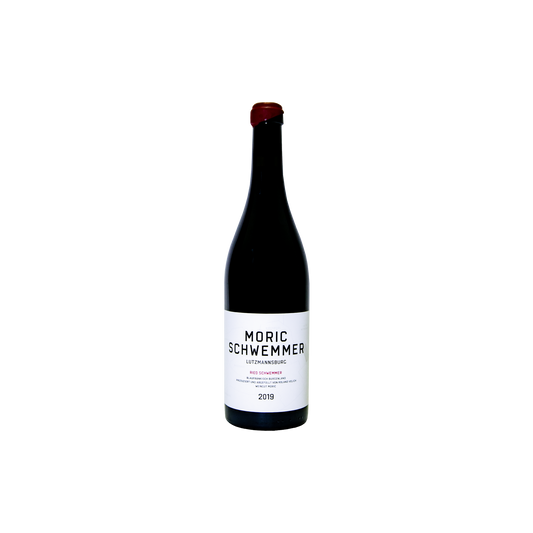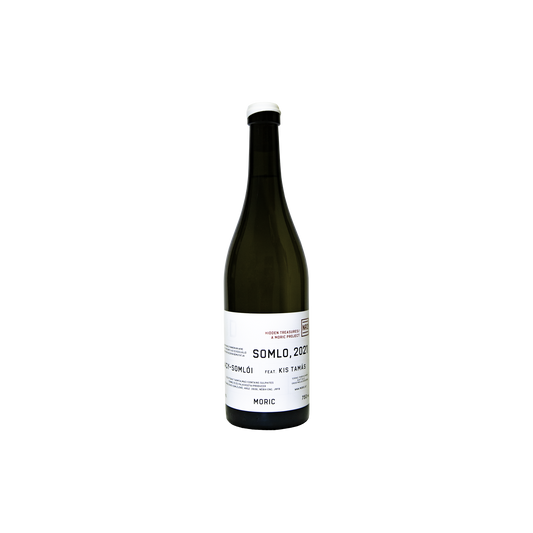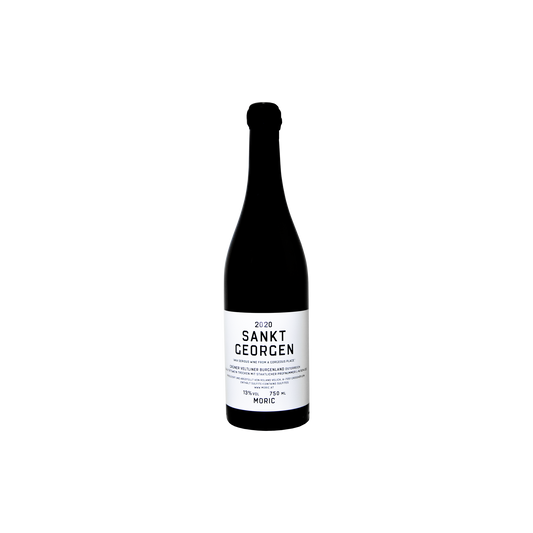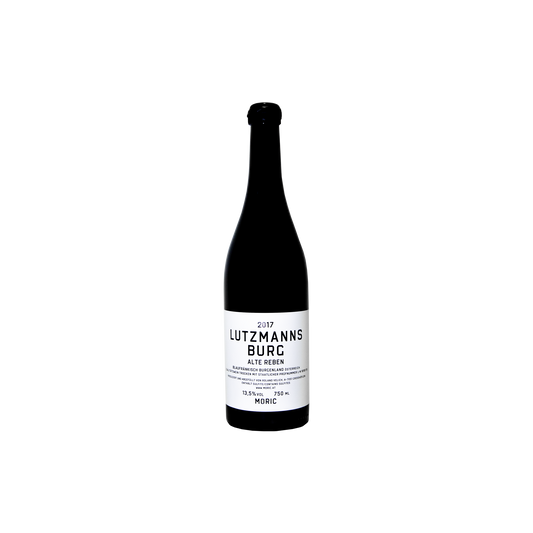MORIC
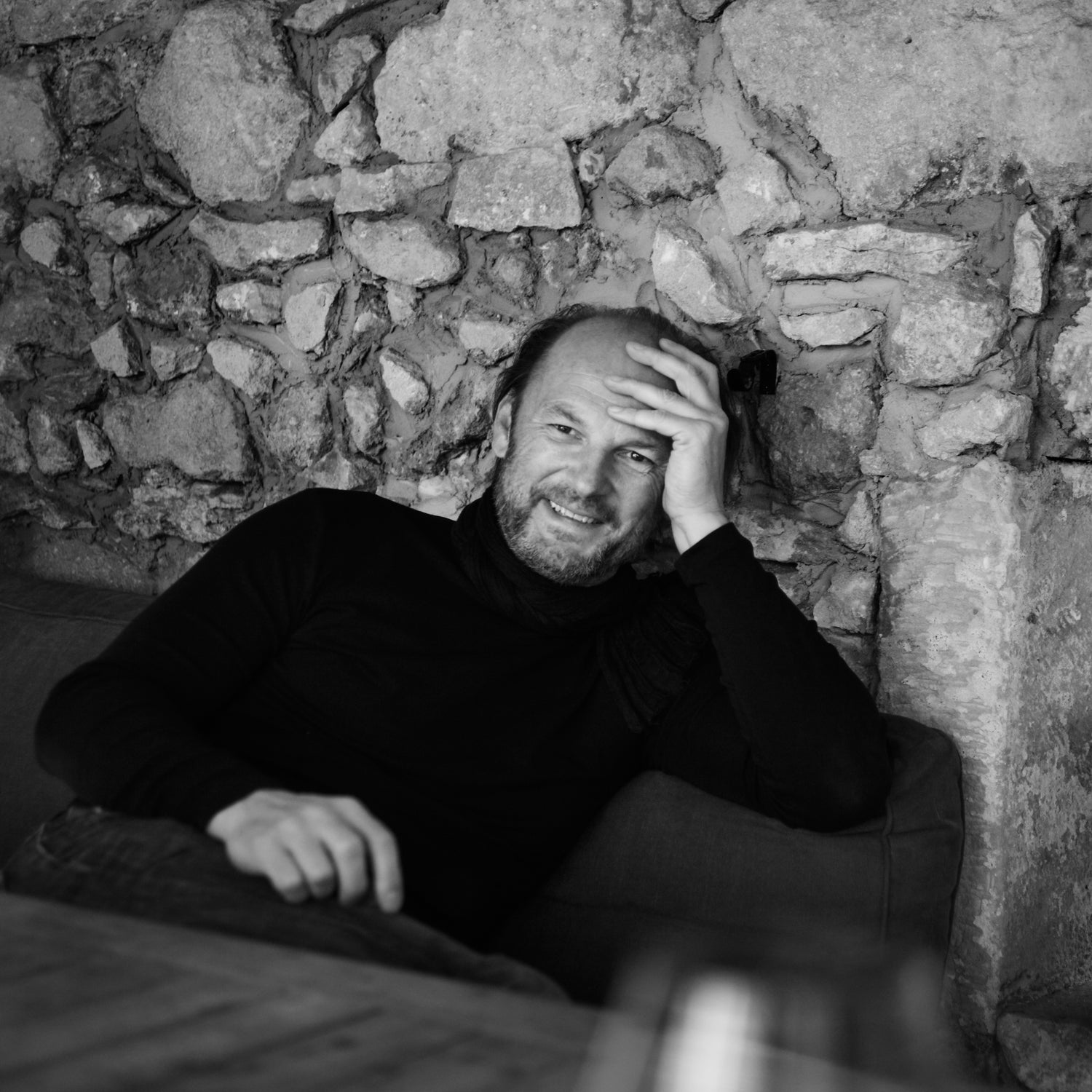
No mainstream, only originals! To create unique, incomparable wines that express their origin, that is the idea behind the MORIC project, which Roland Velich started in 2001. His sophisticated approach: to seek, understand, and to learn. Always taking on new perspectives, discarding paradigms, and setting up new ones to discover beauty.
Great wines are characterised by the "goût de terroir", a taste that evolves from a unique combination of soil and vines. This characteristic is most often found in regions where vines are challenged and forced to develop deep roots, and where temperature differences are significant; just as it is in Lutzmannsburg, Burgenland – the land between the final foothills of the Eastern Alps and the expanse of the Pannonian Plain.
With his keen appreciation for nature, history, and aesthetics, Roland completely transformed the perception of the levels of elegance, finesse, and character that a Blaufränkisch and Grüner Veltliner are capable of on a global level. Aiming for small grapes, loosely hanging at the bunch, preferably from old vines, demands immensely detailed work within the vineyards.
Ruthless yield reduction and grape selection during harvest along with gentle and minimal intervention during vinification, followed by a maturation for a minimum of 22 months on the yeasts in large and untoasted, previously used oak casks for refinement, contribute to the creation of wines with wonderful balance and harmony. Bottle ageing only increases the aromatic explosion!
In 2013, Roland initiated the Hidden Treasures project alongside young, innovative wine growers from Hungary and Austria who share the same philosophy and enthusiasm for wine. The concept is quite akin to the MORIC project, as their aim is to grasp a region along with a long-forgotten, ancient viticultural heritage, and represent it as purely and directly as possible. The Hungarian term ‘híd’ means 'bridge'. Thus, this project can be seen as a symbol for a wine world that transcends national boundaries.
BURGENLAND
Burgenland is the easternmost Austrian state and one of its most diverse wine regions where the cool climate of the Alps meets the warm climate of the Hungarian steppe resulting in its Pannonian climate. After the downfall of the Austro-Hungarian Empire, Burgenland was created 1921 and its name refers to three Hungarian castles and parts of their land on which this state was founded. First hints of viticulture date back to Celtic times around 700 A.D., making this one of the birthplaces of wine-growing in this region.
In the northern part of Burgenland, around Lake Neusiedl and the last foothills of the Alps known as the Leitha Mountains, which extends towards the Carpathians, an variety of white and red grape varieties flourish in a distinct microclimate and various soil structures of clay, gravel, limestone and slate.
Central Burgenland has heavier soils and primarily serves as a red wine region, giving rise to elegant and vital Blaufränkisch wines. However, there are high-altitude vineyards around Neckenmarkt where gneiss, limestone and slate soils are perfectly suited for white grape varieties.
The southernmost area around Eisenberg is the smallest region, and its mineral-rich soils give rise to refreshing and aromatic Blaufränkisch.
ALL THEIR WINES
-
Hausmarke Weiß Supernatural 2021
Regular price €22,00 EURRegular priceUnit price €29,33 per l -
Moric Hidden Treasures Nr. 3 Villa Tolnay Balaton 2020
Regular price €18,00 EURRegular priceUnit price €24,00 per l -
Moric Reserve 2020
Regular price €38,00 EURRegular priceUnit price €50,67 per l -
Blaufränkisch Burgenland 2021
Regular price €18,00 EURRegular priceUnit price €24,00 per l -
Hausmarke Rot Solera 2020
Regular price €16,00 EURRegular priceUnit price €21,33 per l -
Moric Hidden Treasures Nr. 1 Gergö Filep Tokaj 2021
Regular price €24,00 EURRegular priceUnit price €32,00 per l -
Ried Schwemmer Lutzmannsburg Blaufränkisch 2019
Regular price €66,00 EURRegular priceUnit price €88,00 per l -
Moric Hidden Treasures Nr. 2 Kis Tamas Somlo Nagy Somloi 2021
Regular price €24,00 EURRegular priceUnit price €32,00 per l -
Sankt Georgen Grüner Veltliner 2020
Regular price €68,00 EURRegular priceUnit price €90,67 per l -
Lutzmannsburg Alte Reben 2017
Regular price €96,00 EURRegular priceUnit price €128,00 per l

